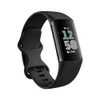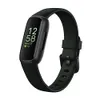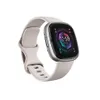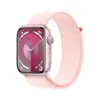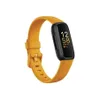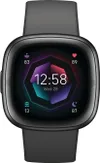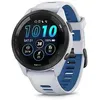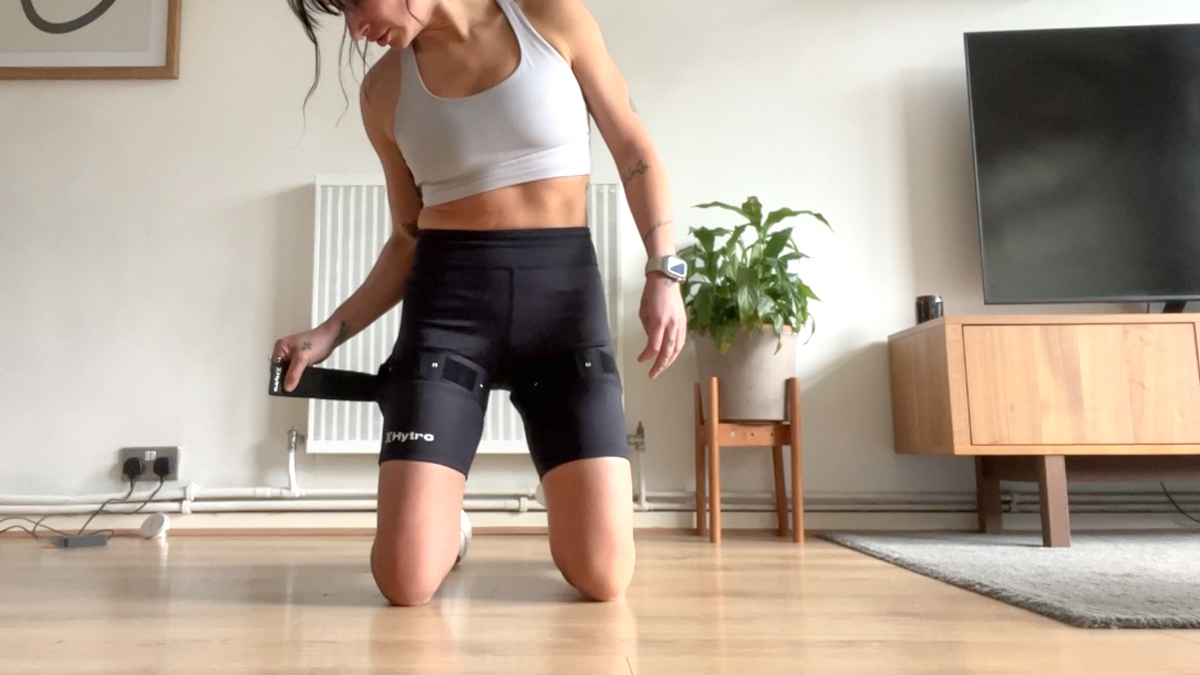
Always keen to learn more about exercise recovery and its benefits, I jumped onto the bandwagon called Blood Flow Restriction training (BFR). It’s been just over one month since I started testing BFR Performance shorts, and here’s what has happened to my body, plus what I’ve learned so far.
The boom in the market for exercise recovery tools doesn’t stop at the best massage guns or leg compression boots. That’s why I turned to the insanely popular Hytro BFR performance shorts to see how they could accelerate muscle recovery, improve fitness and build muscle and strength faster.
Too good to be true? I put them to the test.
What is Blood Flow Restriction training?
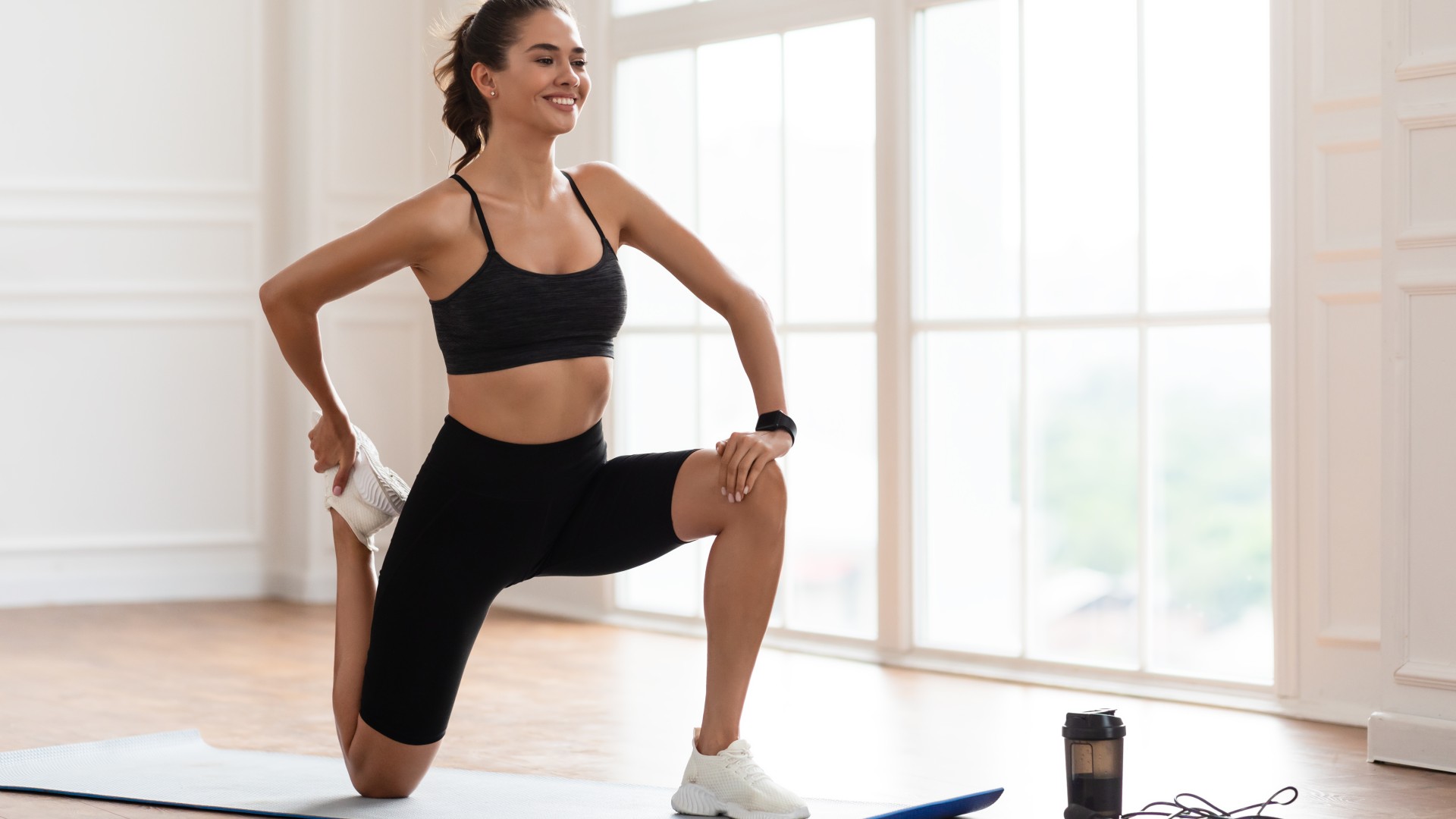
Traditionally, blood flow restriction (BFR) training involves tightening a band around your upper thighs or arms to reduce blood flow and oxygen in or out of the specified limbs. But we'll get to the science later.
Used properly, it’s thought to accelerate recovery and increase muscle hypertrophy (muscle mass growth) and strength by tricking the body into thinking it’s working harder during low-intensity exercise.
Does Blood Flow Restriction training really work?
There’s plenty of research backing BFR, including a study by the International Journal of Sports Physical Therapy, which found it “improves muscle hypertrophy and strength to a greater extent than low resistance training alone” and could produce “similar gains in hypertrophy” and strength as higher load resistance training.
What is Hytro?
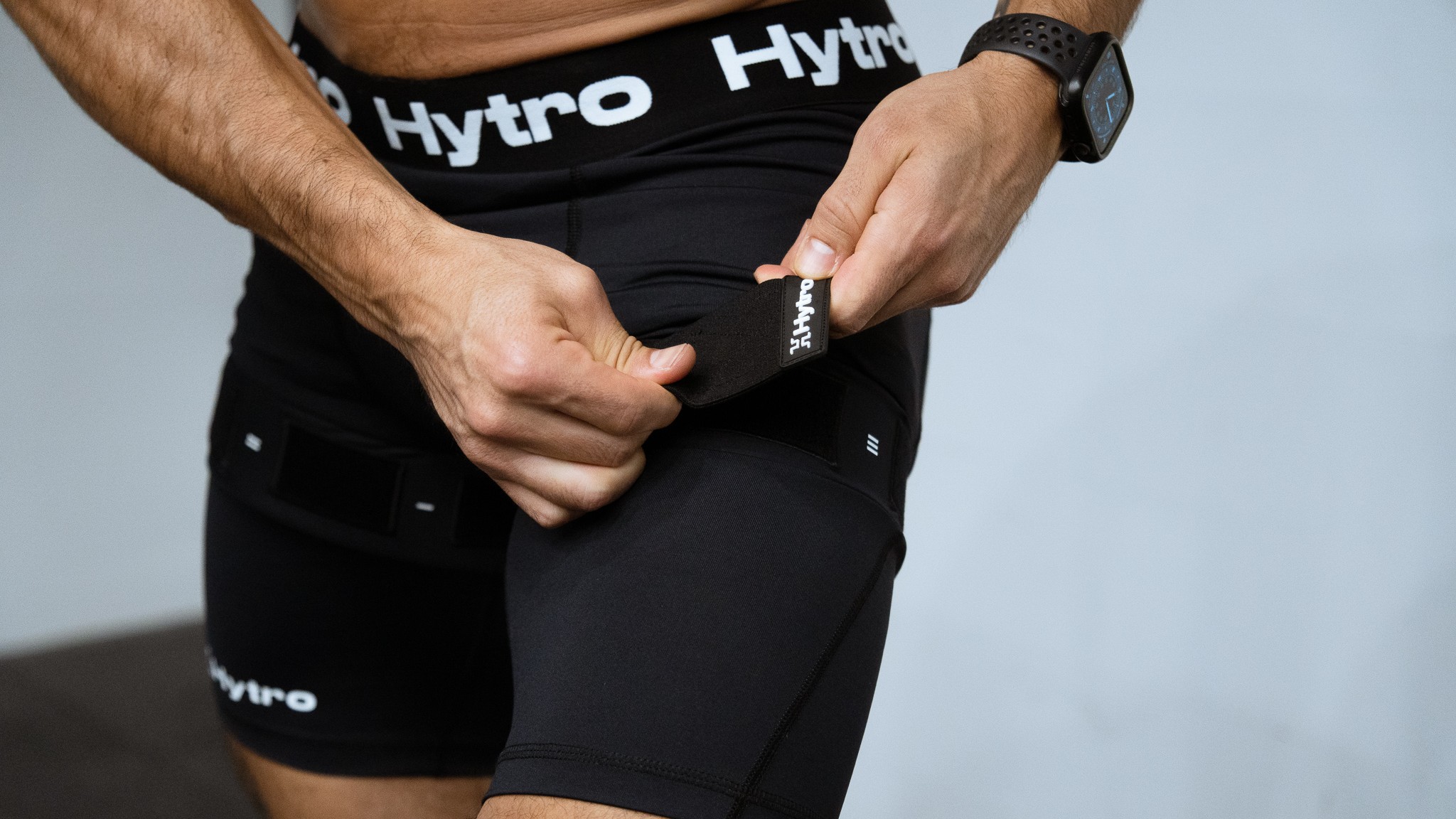
Hytro is a leading BFR garments brand with products used among elite athletes and sports teams worldwide from Max Verstappen to English Premier League soccer players and NBA and NFL teams.
Get instant access to breaking news, the hottest reviews, great deals and helpful tips.
The Blood Flow Restriction wearable is pressure-validated and tailored toward improving sports performance but can be used by anyone, anywhere, and for a range of modalities from prep to training or recovery. Hytro garments come as t-shirts or shorts, allowing you to strap the arms or legs, depending on your preference.
I’ve been using blood flow restriction shorts during exercise recovery for one month — here are my results
I spoke with Hytro founder and CEO Warren Bradley Ph.D to help me extract more from my training using BFR performance shorts. We had an initial consultation so that I could tailor my shorts to my workout routine, then we got straight into the benefits of Blood Flow Restriction training. Here’s what I learned.
It’s a versatile training tool
“You can do a lot with BFR,” Bradley tells me. “It’s just a conduit to improve anything you then choose to do.” With my background in CrossFit, yoga and Hyrox training, we decided my BFR shorts would be best served optimizing exercise recovery.
The Hytro technology is positioned at the most proximal point on the limbs and uses a strapping mechanism that pulls to tighten around the upper arms or thighs. Dr. Bradley explains that blood flows into the limb while the straps restrict return flow to the body, meaning the veins are constricted, and the arteries are left alone.
“Initially, you’ll notice that your limb becomes a little bit veiny and swells with blood, which takes several minutes to happen,” he says. At this point, the cells are becoming stressed, and there’s also less oxygen — similar to when you’re training hard and notice that burning lactic sensation.
You can use the Hytro BFR garments for passive and active recovery, workout prep, or as a finisher. If you use a garment during training sessions, BFR could help you get stronger and grow muscle quicker using the specific Hytro protocols. These give you a recommended strap setting from 1-4, plus sets, reps and timings, depending on how you use the shorts or tee.
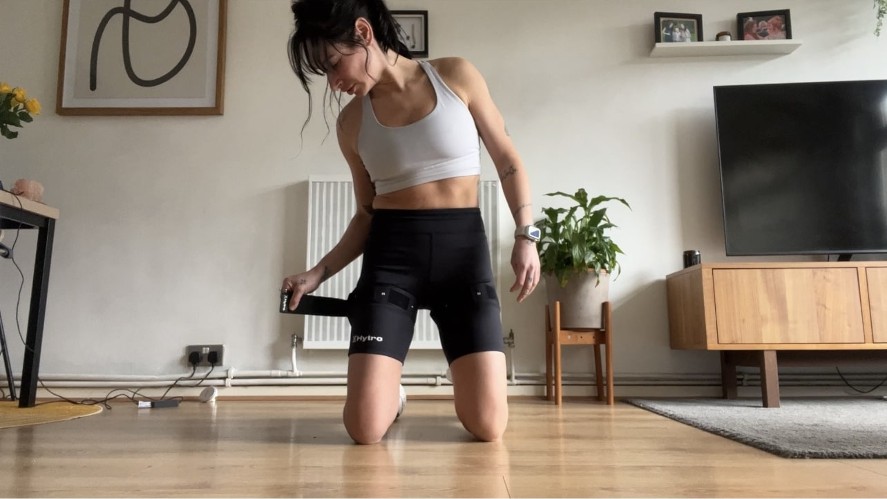
It gets intense
For my first month, I’ve focused on the exercise recovery modality to see how I could extract more from my training regime. Dr. Bradley advised me to start at the second setting and then build up to the top setting as I get used to the “significant pressure.” Not ominous at all. He gives me protocols of 5 minutes strapped in, then 2 minutes off, for 3 sets.
“The top setting is where you want to be. It’s where the magic happens,” he says.
Having already completed a heavy-going CrossFit workout on my first day of using the shorts, I strapped into the lowest setting, hit go on my timer, then sat back and flicked on Netflix. The feeling is anything but subtle. Immediately, I noticed swelling, throbbing and tingling as my muscle oxygen reduced and the BFR shorts got to work.
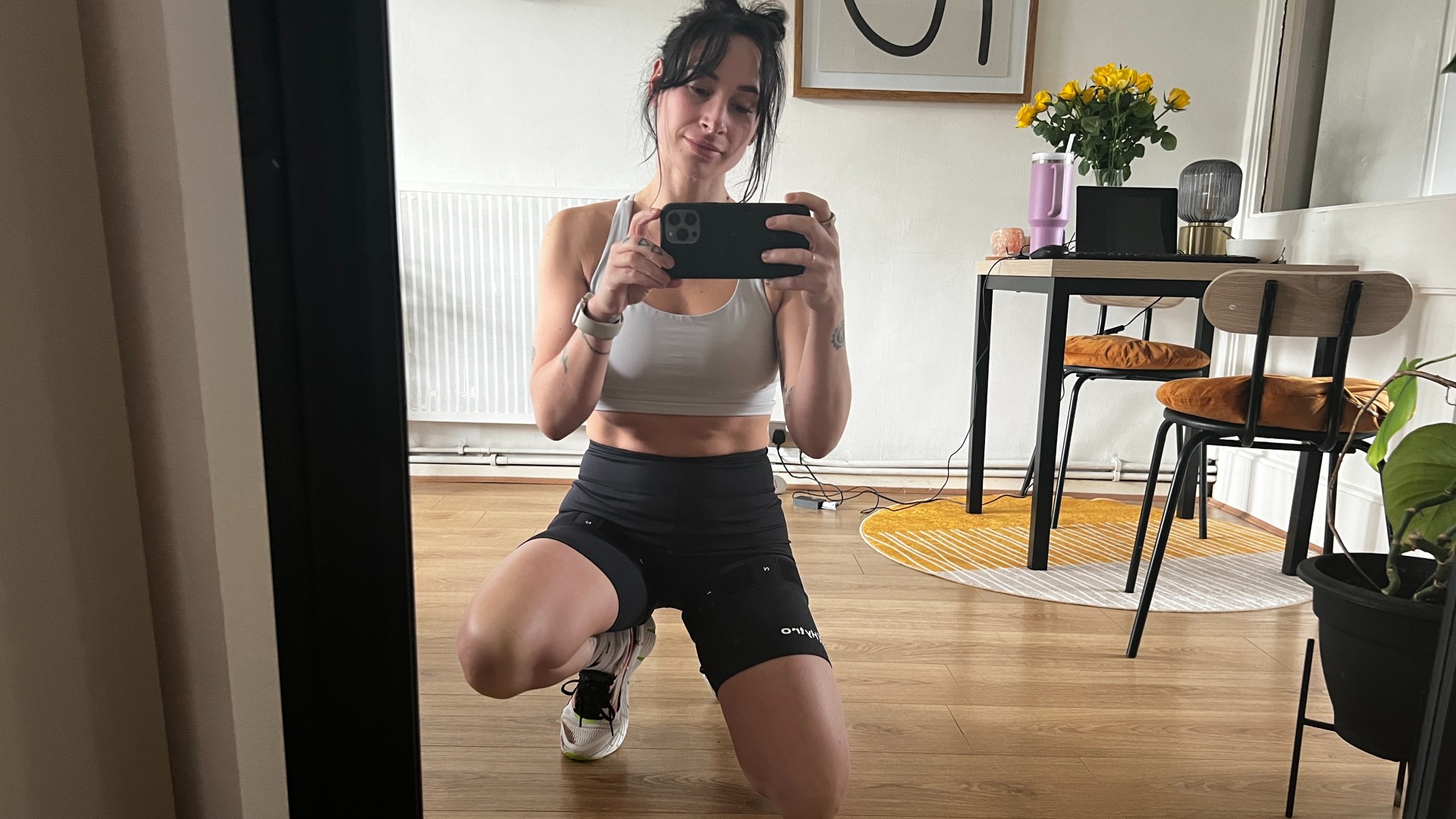
The idea is that this initiates recovery hormone release in the muscles, which flush through the body when you unstrap and simultaneously remove waste from the limbs, accelerating recovery, reducing post-workout pain known as DOMS, and sending a fresh delivery of oxygen-rich blood to the muscles and structural tissues.
Over the month, I used the shorts during active recovery (walking), passive recovery (sitting on my butt writing on my laptop) and immediately post-workout, tightening the straps over time to the highest setting.
I can tell you it never got less intense, and I'm glad Bradley advised me to start low and build slowly. Even after I took the shorts off and felt the initial release and rush, my legs felt strangely energized and were gently throbbing for at least 30 minutes. I also felt some heat in my upper legs like I'd just finished a leg day workout.
It's not just a recovery tool

BFR can also benefit warm-ups. Although I haven’t experimented with this just yet, BFR could enhance exercise preparation by warming the tissues faster and forcing muscles to work harder, allowing you to strap in during various warm-up, plyometric, or mobility exercises.
“You get better movement quality during the subsequent session, more warmth in the tendons and the muscles, and less injury risk,” Dr. Bradley adds. “You don’t need more than 10 minutes.”
He also explains that workout finishers are a popular way to use BFR shorts, extracting more from the muscle in just 5-10 minutes. “Imagine you’ve just a hard session but want to maximize the hormonal response,” he says. “Simply strap into your shorts and rep out bodyweight squats for 5 minutes for around 4 sets of 20 reps and 30 seconds off between.”
You could use any exercise relevant to your session — biceps curls, push-ups, or lunges, for example, and again, Hytro provides a wealth of training protocols that even include ice baths. The swelling makes it harder to perform these moves, but according to Bradley, creates incredible adaptations, getting you fitter, faster, stronger and quicker. Some sports teams even wear them during workout sessions and strap in and out throughout.
It works (for me)
I can only speak for my experience, and I haven’t tested the other modalities yet, but for exercise recovery, it helped me. I noticed reduced muscle soreness in the days following heavy training sessions, and I felt more recovered going into sessions. Plus, you can feel the effects of recovery immediately.
Because there’s zero central nervous system fatigue, I could even strap in during rest days, which is typically what sports teams do when tapering off training efforts before game day; this meant I could perform gentle mobility drills or even go for a walk while tending to my muscles and joints.
If you plan to optimize the shorts for muscle growth and strength, Dr. Bradley advises using them for several sessions per week. You could expect significant improvements after around three weeks in trained individuals and potentially quicker in untrained people.
Watch this space — it’s exactly what I plan to test next.
More from Tom's Guide
- I tried stretching with the StretchLab to boost flexibility and build strength, here's what happened
- How to warm up for a run — 5 running coach-approved exercises
- I teach stretching routines for a living, 3 exercises that strengthen your hips and open your hamstrings

Sam Hopes is a level 3 qualified trainer, a level 2 Reiki practitioner and fitness editor at Tom's Guide. She is also currently undertaking her Yoga For Athletes training course.
Sam has written for various fitness brands and websites over the years and has experience across brands at Future, such as Live Science, Fit&Well, Coach, and T3.
Having coached at fitness studios like F45 and Virgin Active and personal trained, Sam now primarily teaches outdoor bootcamps, bodyweight, calisthenics and kettlebells.
She also coaches mobility and flexibility classes several times a week and believes that true strength comes from a holistic approach to training your body.
Sam has completed two mixed doubles Hyrox competitions in London and the Netherlands and finished her first doubles attempt in 1:11.
